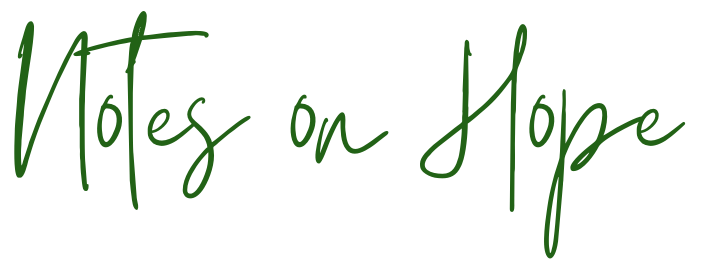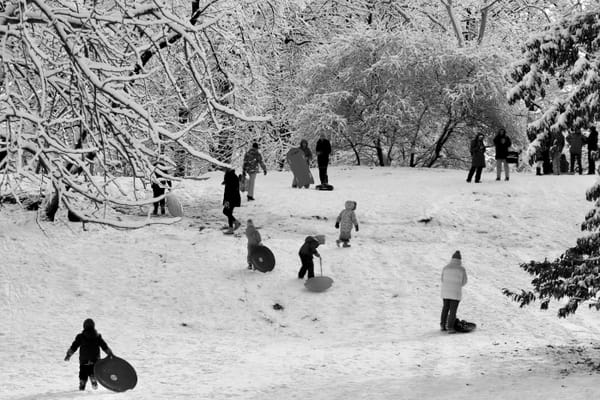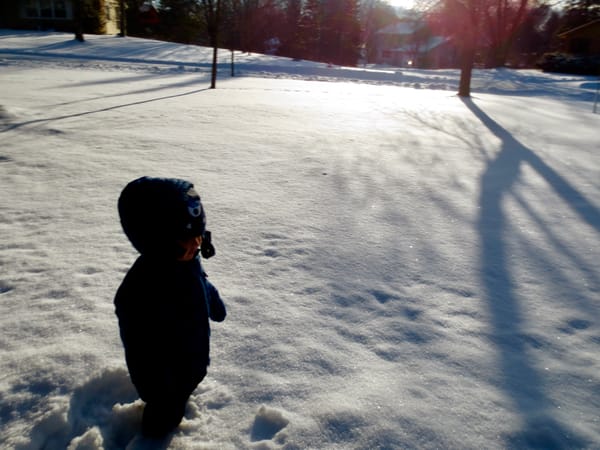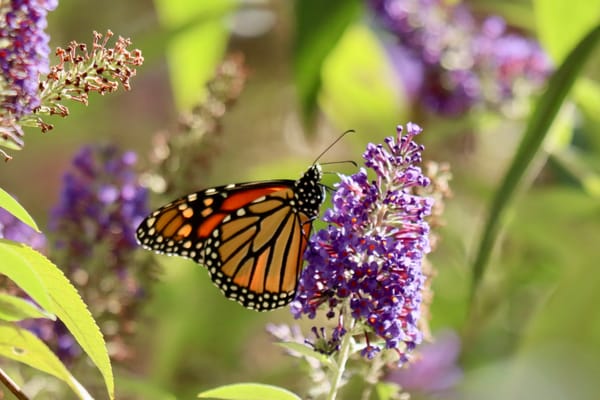We Shouldn't Need To Be Heroes
We can do better than lessons in barricading doors
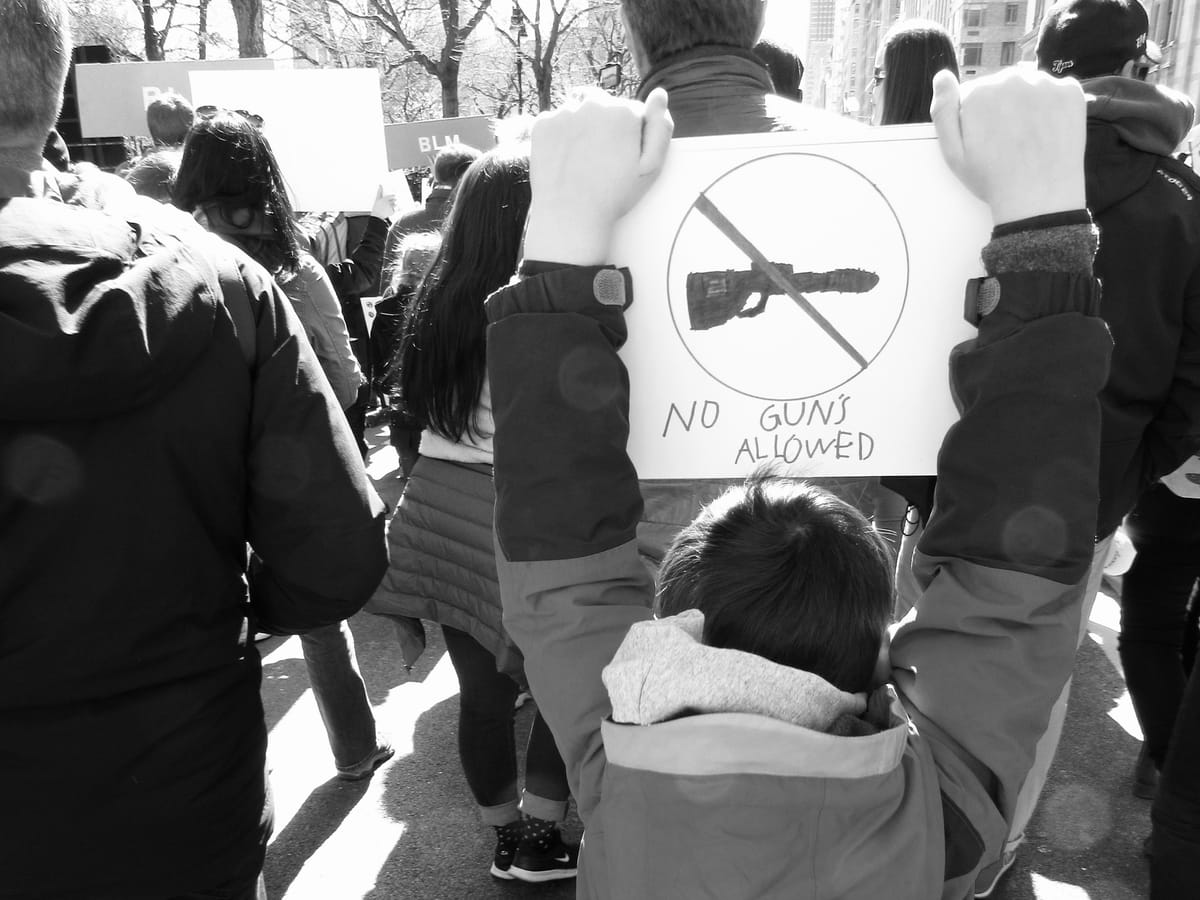
Last November, I waited near my son’s school for thirty minutes while they kept the kids in lockdown, assessing a potential active shooter risk. Four other schools share the same city block. They were all locked down. Over two thousand students and teachers were sheltering in their classrooms along one block, as they’ve all surely practiced many times.
I was surprised by how calm I felt as I waited. I texted a colleague, who works in another local school, and asked her if she could get any information from her security team about what was happening. I kept an eye on the guards standing outside the school across the street, whose company I’d trained with in a previous school leadership job, rehearsing exactly this scenario with children and teachers over and over, until the procedures were embedded in our muscle memory. I monitored the level of risk by the shifts in their posture, knowing the procedures and degrees of alertness each routine elicits intimately. The only explanation I have for my relative calm across those thirty minutes is that I’ve been trained for it.
“Breathe in,” the security officers used to tell us during drills. “Breathe in. Breathing prevents you from reacting impulsively and making the situation more dangerous. Always remember to breathe.”
Breathe.
I’ve only ever worked in schools. I’ve undergone rigorous and repeated security training, because I’ve spent my adult life working in schools. As the director of a preschool, my office was equipped with puzzles, blocks, crayons, and a panic button.
Below is one of the last notes I wrote from that office in my previous job, after the Uvalde, Texas shooting.
As educators, we see today’s block buildings and easel paintings as tomorrow’s promise. Teaching is an act of love and hope. Yet the reality of teaching in America today is that it is also an act of heroism. It should not need to be.
As teachers, we routinely prepare for the most frightening scenarios, so that we are ready to respond and equipped to keep children safe under potentially horrific circumstances. And, to the greatest extent possible, we tuck this knowledge and training into the back of our minds every morning so that we can sustain the very hope that drew us to this work. We do this because we love children and because the sadness and fear that often color the world outside our classroom windows only makes our commitment to our work and to children more necessary and more urgent.
Cumulatively, at this point in my career, I think I’ve received as much active shooter preparation as literacy training. Perhaps more. This is necessary, as are all of the other steps we take to make schools “hard targets.” We spend time and resources that could be devoted to improving our teaching practices and our school libraries on “hardening” ourselves and our classrooms. We do this because we must. We do this because, when a society does not prioritize the safety of its children, it is left to those who choose to devote themselves to children’s care to reinforce the barricades and to put our bodies in harm's way. We do this because we know that the safe spaces of our classrooms must be preserved, and it is on us as educators and schools to preserve them. It should not be so.
No matter the turbulence of the world, teachers are beacons of calm. They receive children each day and usher them into joyful and inviting classrooms. They bolster the many routines that let children know they are safe and valued. When the world makes us, as parents, feel harried and unsteady, watching teachers welcome our children with unwavering warmth strengthens us. As our children are reassured by their teachers, we are also reassured.
It is wrenching to find meaning in these losses when we are faced with them so often. And yet we must, because it is only in finding meaning that we are motivated to action. Teachers know this. The work of finding meaning and translating that meaning into action is the work of the classroom on the brightest and on the darkest days. As we find meaning with children, we ask them what they can do to sustain and build upon joyful experiences and upon curiosity, and we ask them what they can do to repair and build anew when harm has been done.
The only way to find meaning in this loss, and in the many losses that have preceded it, is to commit to action and to doing better. We teach our children that we are all responsible for the work of repairing our world. Enough of this burden has been placed on the shoulders of children and teachers, as we instruct them, in classrooms around the country, to take shelter behind barricaded doors. We need everyone to share the responsibility of repairing the world that children, teachers, and parents have been holding alone for too long.
When they released the children from my son’s school and the other schools on the block that afternoon last fall, and I met up with my son, he was calm, too. Presumably because he has also been trained, over and over again since kindergarten, for these emergencies.
I wonder if this is how soldiers feel.
I feel far less calm when I read the text exchanges that inevitably surface after school shootings between terrified children and their terrified parents. I don’t feel calm when I read about students barricading doors and teachers finding ways to keep groups of children calm so they will stay quiet, or shielding their students with their own bodies, or using their clothing to tourniquet wounds. The text exchanges are the worst—children desperately telling their parents that they love them, that they’re scared. These exchanges unravel me.
I’m trained to respond in the moment of an emergency. There is no training for holding this terror and heartbreak with the constancy that parents, children, and teachers are asked to, as these events are increasingly deemed inevitable risks, and schools are turned into bunkers, as if there are no other solutions.
In the aftermath of these incidents, articles are always written about what the school did right and what they did wrong. And, increasingly, parents are being held responsible for their children’s access to guns. This level of individual scrutiny and accountability has become necessary. But these conversations and actions are fundamentally reactive, and they are only necessary if we accept that schools are danger zones that need to be “hardened,” instead of taking the collective steps that are within our reach to prevent these incidents, or at least to make them far more rare. Other countries have done this. It is within our power to do this.
Teaching should be a noble profession, but it needn’t be a heroic one. And children certainly shouldn’t need to be heroes in order to walk into school each day. Teachers and children can’t keep carrying this alone, drilling security procedures instead of playing fraction games and conducting science experiments.
Teachers need help preventing this violence, not only training in how to respond to it. Hope lives in meaningful action. Please help us.
Here’s what you can do.
First, learn more and share this information.
- If you aren’t aware of the research on which preventative measures work and which don’t, learn more here.
- You can find a deeper dive on the data here and here.
- Not convinced, or want a super quick visual explanation? Check out the direct impact of state by state laws here.
Ready to do something? Support these organizations.
Everytown for Gun Safety
Moms Demand Action
Sandy Hook Promise
March for Our Lives
Giffords Law Center
Finally, know the records of the people you’re voting for, and vote for changes that make kids and teachers safer.
- Find out which candidates are endorsed as “gun sense candidates” at gunsensevoter.org
- Find more detailed information on candidate records and endorsements across issues, including gun safety measures, at VoteSmart.org
If you think someone else in your life might enjoy reading Notes on Hope, please share. It’s always easier to hold onto hope when we’re not doing it alone.
